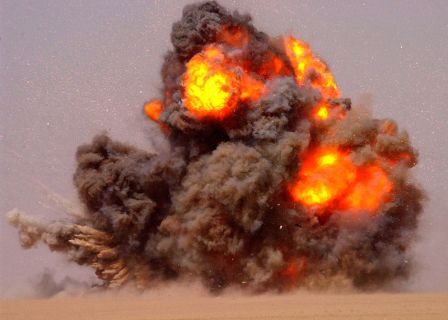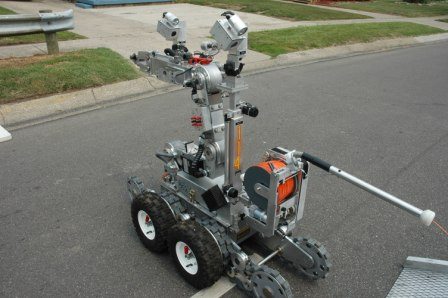Each year we offer the best program possible. We begin the process by determining the most current sought-after topics of interest to writers. Yes, I keep a file of all the questions presented to me during the year.
I then choose the most popular topics and begin searching long and hard for the experts in those particular fields. And, we don’t just settle for anybody. No way. You guys mean far too much to us to present you with second best. What we look for in a WPA presenter is an expert who rises a notch above the best. However, they must understand the type of information needed by authors—the details, even the little ones. And you, as writers, should never settle for anything less when it comes to getting the facts right for your stories.
Not only will you receive behind-the-scenes information at the WPA, you’ll learn the emotion that comes with the job. Our instructors share the danger, the excitement, the boredom, and the tears.
The Writers’ Police Academy is designed for you, the writer. But we definitely are NOT a typical writers conference. Instead, the WPA is a hands-on event that focuses on making your fiction as absolutely believable as the written word allows.
This is not a watered down citizens police academy, where officers don’t/can’t tell you “everything.” This event is the real deal, with real equipment and real instructors, and it takes place in an actual police, fire, and EMS academy, not a hotel meeting room. You receive the same details as the officers who attend police academy training.
Well, this year is no exception to our self-imposed rule of excellence. Believe me, we have gone all out this time. Nope, we’re not holding back anything.
You asked for it, so here it is… the 2012 Writers’ Police Academy.

2012 Writers’ Police Academy
When
September 20-23
Where
Guilford Technical Community College/Public Safety
Jamestown N.C.
www.writerspoliceacademy.com
The Writers’ Police Academy offers the most hands-on, interactive and educational experience writers can find to enhance their understanding of all aspects of law enforcement and forensics.
This is a one of a kind event, featuring police, fire, and EMS training at an actual police academy.
Top instructors and experts include Marcia Clark (former OJ Simpson prosecutor), experts from Sirchie Fingerprint Laboratories, forensic anthropologist Dr. Elizabeth Murray, author Kathy Harris (marketing manager for the Oak Ridge Boys), ATF Special Agent Rick McMahan, NYPD Detective Marco Conelli, cold case and bloodstain pattern expert Dave Pauly, Detective Lee Lofland, bioterrorism and DNA expert Dr. Denene Lofland, author and forensic psychology expert Dr. Katherine Ramsland, all GTCC police, fire, and EMS academy instructors, and literally dozens of active-duty police officers, firefighters, bomb squad, SWAT, CSI’s, pilots, and EMS workers.
Workshops include (there are more than what’s listed):
– Interview and Interrogation.
– Cold Case Investigations.
– Special guest speakers.
– Firearms

– Bloodstain pattern investigations
– K-9’s
– Dive teams
– Arson investigation
– Federal agents
– Undercover officers and UC investigations
– Bioterrorism and DNA
– Gangs
– Firefighting
– Treating gunshot victims
– First responders

– FATS training
– Driving simulator
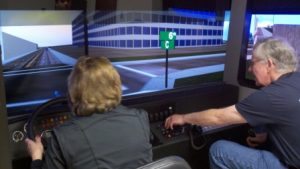
– Arrest techniques and Handcuffing
– Defensive tactics and self defense for women
– Women in law enforcement
– Jail tours
– Polygraph
– Suicides and Hangings
– Shallow grave investigations
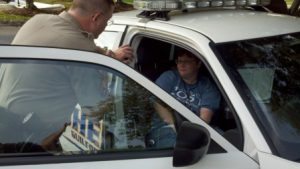
And police ride-a-longs!
Literary agents from the Sullivan Maxx Literary Agency will be on hand to take pitches!
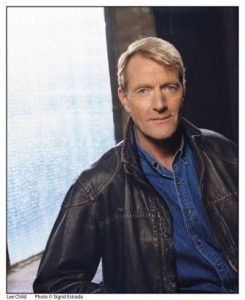
Our 2012 Keynote speaker is international bestselling author Lee Child.
Silent auction and raffle feature signed scripts from TV and film, a Fender guitar signed by the Oak Ridge Boys, Lady Antebellum, Keith Urban, and more, signed books, and many other fantastic items. Guitar donated by author Kathy Harris who just happens to be marketing manager for the Oak Ridge Boys.
And much, much more, including a special surprise guest!
*Sisters in Crime is once again paying over half the registration fee for SinC members.
*Remember, profits go to the GTCC criminal justice foundation for police training and equipment. These are the officers who devote their time to teaching YOU!
We invite you to join us this year for a spectacular event. Please visit our website to register today. Hurry while space is available!
www.writerspoliceacademy.com
* * *
The Mayberry sheriff has left us.
Sheriffin’ will never be the same without him.
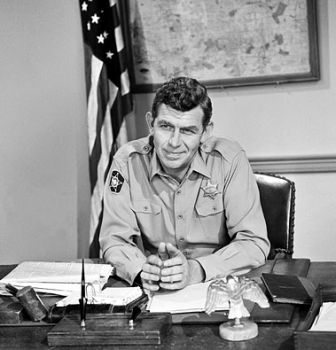
Andy Griffith
1926 – 2012



